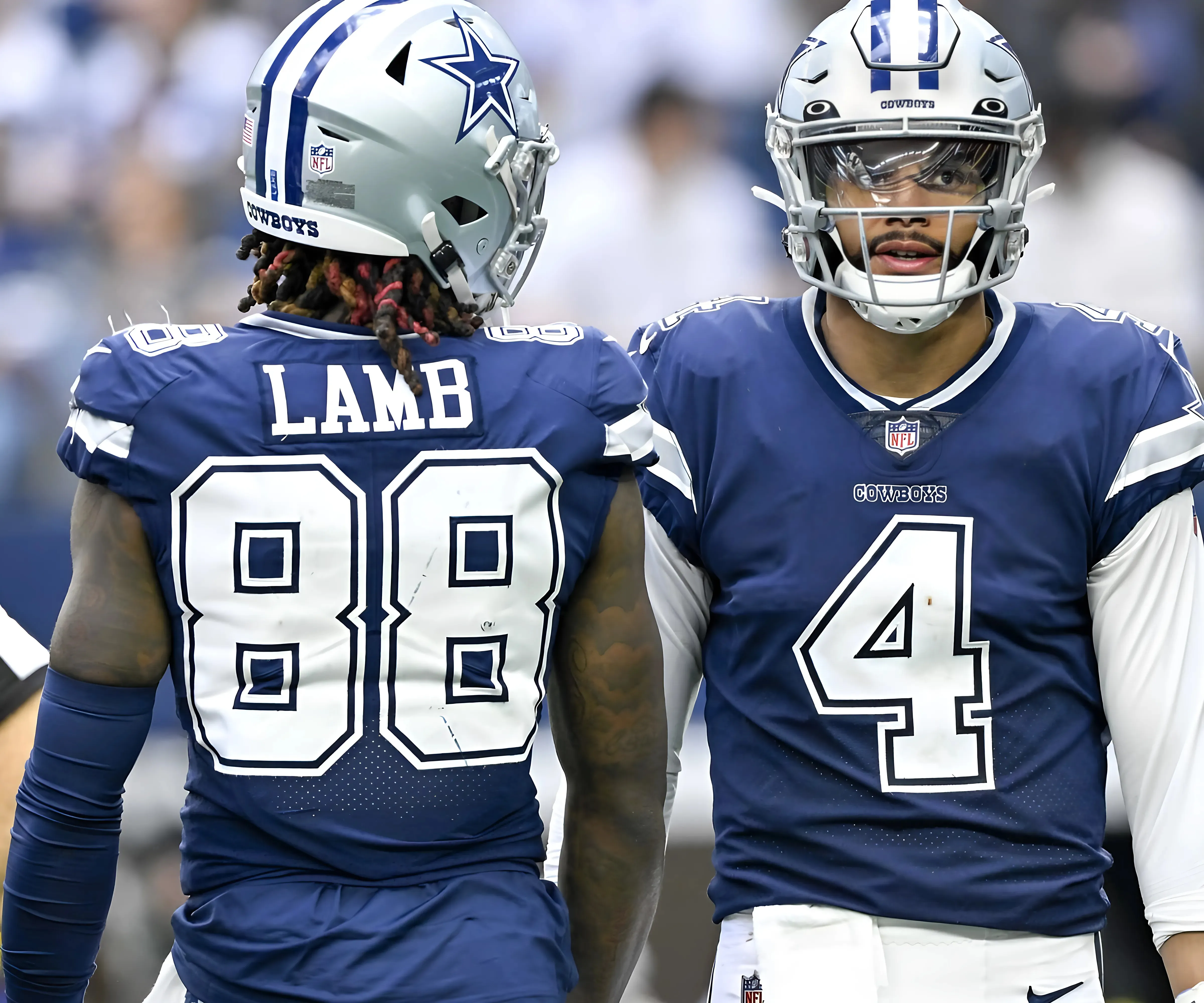With the off-season being in full swing, we got a piece of Colorado Avalanche-related news earlier this week, and it seems like a Mikko Rantanen extension is close to officially getting done.
Following that bit of news, there was a claim floating around that I saw a couple of times in regards to Colorado’s roster construction, that claim being that the Colorado Avalanche are becoming the Toronto Maple Leafs.
Admittedly, this claim didn’t sit right with me for a couple of reasons, the biggest reason being that the claim is just not true if you break down those two respective rosters, and that’s exactly what I want to do here. So, let’s debunk this claim using perhaps my least favorite subject ever despite its usefulness for topics like this, which is math, and try to answer the question; are the Colorado Avalanche becoming the Toronto Maple Leafs?
To dive into this claim, I want to calculate what the overall percentage of each team’s cap hit their respective four highest-paid players will take up for the 2024-2025 season. I’m going to be considering each of these team’s four players as their ‘core four’ for the sake of this argument. Some players won’t be included in these calculations, but who are still considered part of each team’s core by all accounts, players such as Gabe Landeskog or Morgan Rielly. The only reason they aren’t included in these calculations is because they aren’t one of the four highest-paid players on their respective teams. And for these calculations, it is easier to consider the players that make up the ‘core four’ of each team the four highest-paid players, since both of these teams are similar in the sense that they both have a fair amount of money wrapped up in their high-end players.
Looking at the PuckPedia page for the Maple Leafs, we can see that the four highest-paid players on their roster are Auston Matthews ($13.25 million AAV), William Nylander ($11.5 million), John Tavares ($11 million), and Mitch Marner ($10.903 million). From there, we can take each of their respective AAVs for the 2024-2025 season and calculate what percentage of the overall $88 million cap space those four players take up. While this might be rudimentary, I’ve always found it helpful to have calculations like this presented step by step to understand how a certain result is calculated, so below is a step-by-step calculation for that percentage.
(13.25 + 11.5 + 11 + 10.903 = $46.653 million combined)
46.653 / 88 = 0.530
0.530 x 100 = 53% of the cap
From the said calculation, we can see that Toronto is going to be allocating roughly 53% of its overall $88 million cap hit for the upcoming season to its four highest-paid players.
Now, let’s repeat that exercise for Colorado. A look at the Colorado Avalanche PuckPedia page will show that their four highest-paid players for the 2024-2025 season are Nathan MacKinnon ($12.6 million), Mikko Rantanen ($9.25 million), Cale Makar ($9 million), and Devon Toews ($7.25 million). Once again, we’ll calculate the percentage of the overall $88 million cap hit that those four players take up like we did for Toronto.
(12.6 + 9.25 + 9 + 7.25 = $38.1 million combined)
38.1 / 88 = 0.433
0.433 x 100 = 43.3% of the cap
And from that calculation, Colorado is going to be allocating about 43.3% of their overall $88 million cap hit to their four highest-paid players for the upcoming season, almost 10% less than what Toronto is going to be giving to their four highest-paid players.
So, seeing those percentages, the answer to the question that we asked at the very beginning would be, no. The Avalanche are not the Leafs, and they are not becoming the Leafs. While it’s fair to say that they have a fair amount of money wrapped up in four high-end players similarly to Toronto, they are giving almost 10% less of their overall cap space to their star players. Furthermore, two of Colorado’s highest-paid players are defensemen, whereas all four of Toronto’s highest-paid players are forwards. There is a key difference between being top-heavy and being forward-heavy. Colorado might be top-heavy, similarly to other top NHL teams I’ll add, but they are certainly not forward-heavy like Toronto is. Having two of your highest-paid players as defensemen means that you have top-end talent at both of those positions, therefore making it easier to balance and build. Having 53% of your overall cap space going strictly to four forwards means that you are going to have a much more difficult time actually building and balancing the rest of your roster well. We’ve come this far, so why not take it a step further?
Let’s play the hypothetical game for a minute and just look at what Colorado’s cap situation might look like in 2024-2025, by re-calculating the percentage that instead accounts for a Rantananen extension. Let’s just say for a minute that he gets an AAV of $11.5 on his extension, which seems like a fair raise. He might get less, or he might get more, but for the sake of this argument, that’s the number we’re going to be working with for this next bit because it seems like a plausible number. If we swap that 9.25 number in the initial calculation for Colorado and use 11.5 instead, the result below is what we get.
(12.6 + 11.5 + 9 + 7.25 = $40.35 million combined)
40.35 / 88 = 0.46
0.46 x 100 = 46% of the cap
Even accounting for Rantanen’s hypothetical AAV in this situation, Colorado is still only paying their four highest-paid players 46% of the overall salary cap. And that percentage is calculated without even accounting for the overall cap hit rising once again in the 2025-2026 season. This means that the calculated percentage, of course depending on his AAV and how much the cap goes up, should end up being less than the calculated percentage shown above.
While I absolutely can understand the concern about the Avs becoming similar to the Leafs, the claim that they are becoming the Leafs with a Rantanen extension on the horizon is not true. Having two of their highest-paid players as a defenseman is a huge benefit to Colorado, as it allows them to build and balance a roster more successfully, compared to Toronto whose four highest-paid players are all forwards. And with the cap projected to continue to go up, despite contract extensions like Rantanen’s on the horizon, as long as Colorado continues to allocate their cap space smartly to both their high-end forwards and defenseman like they’ve done up till this point, they are going to be just fine.
Now let’s hope we get a good Rantanen extension soon to finish this all off!



